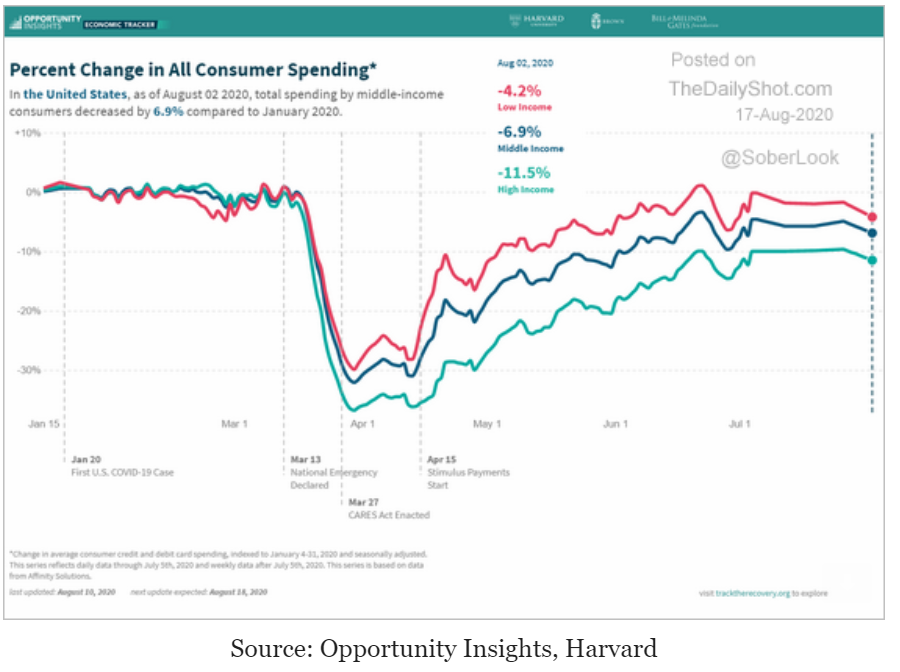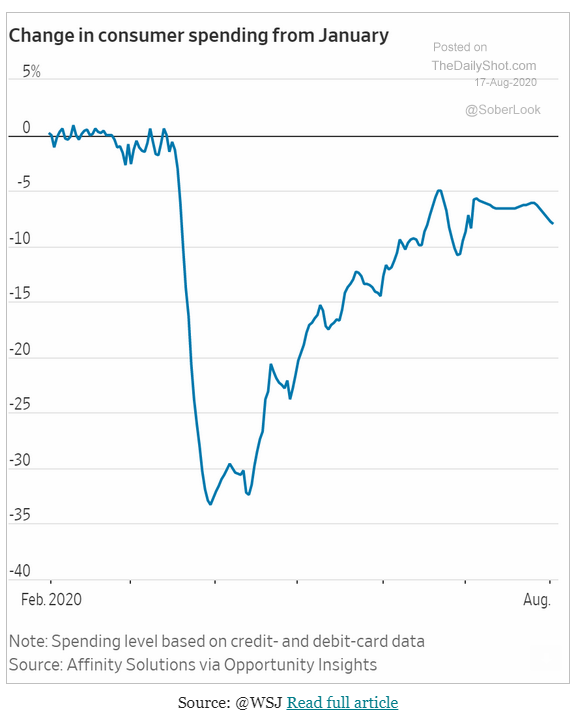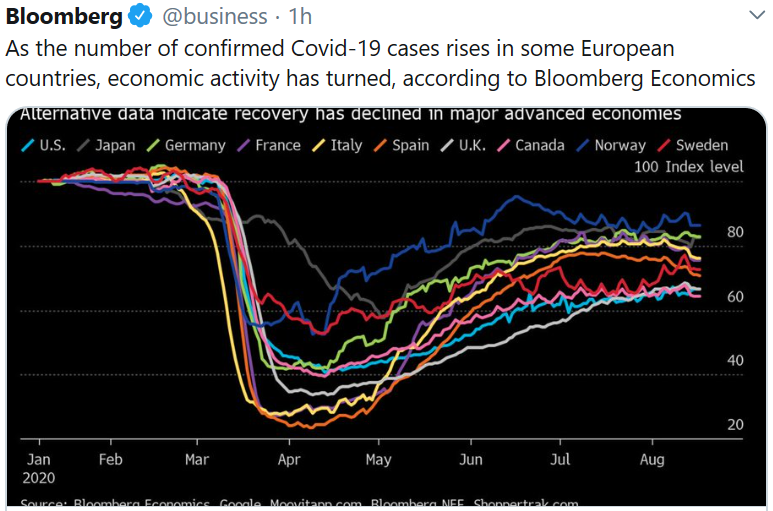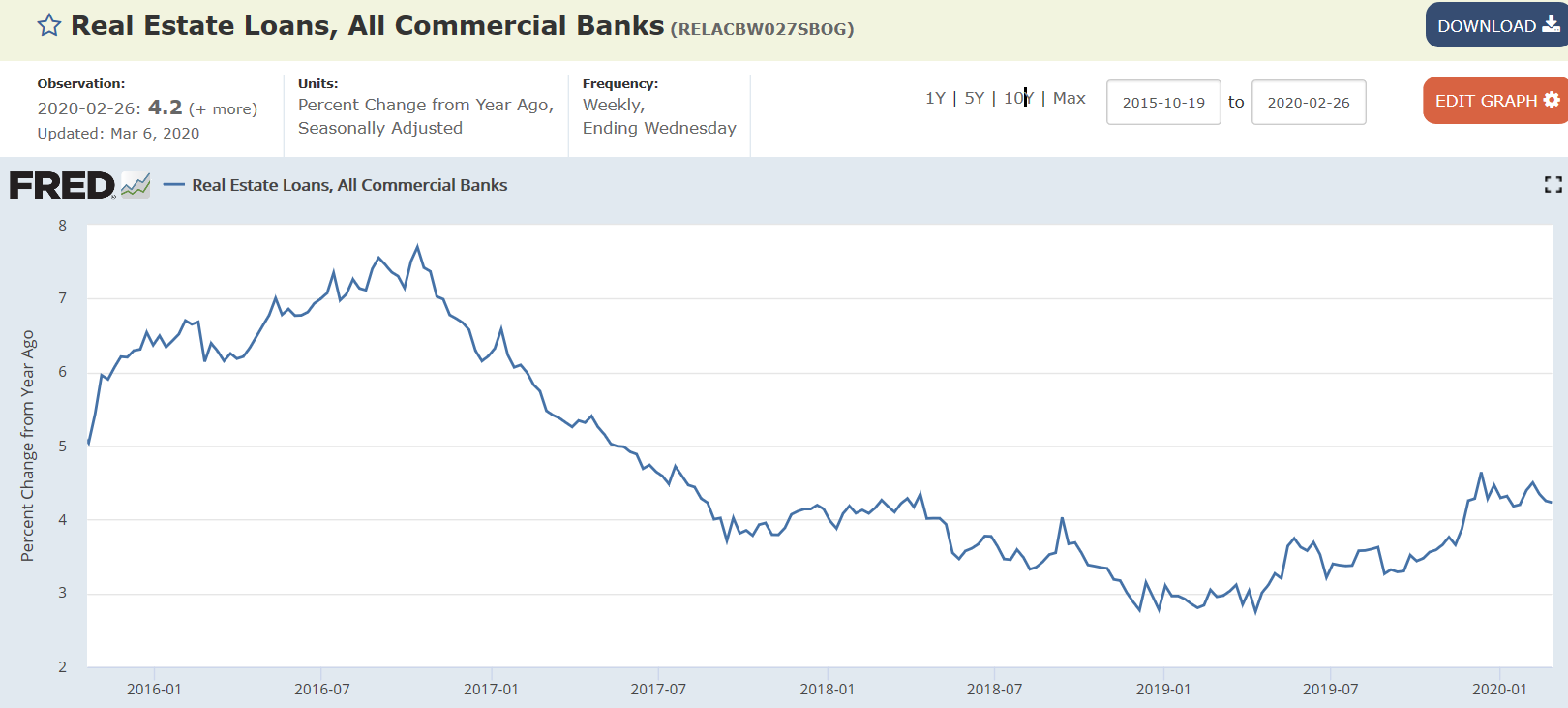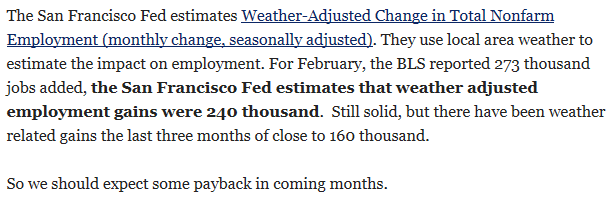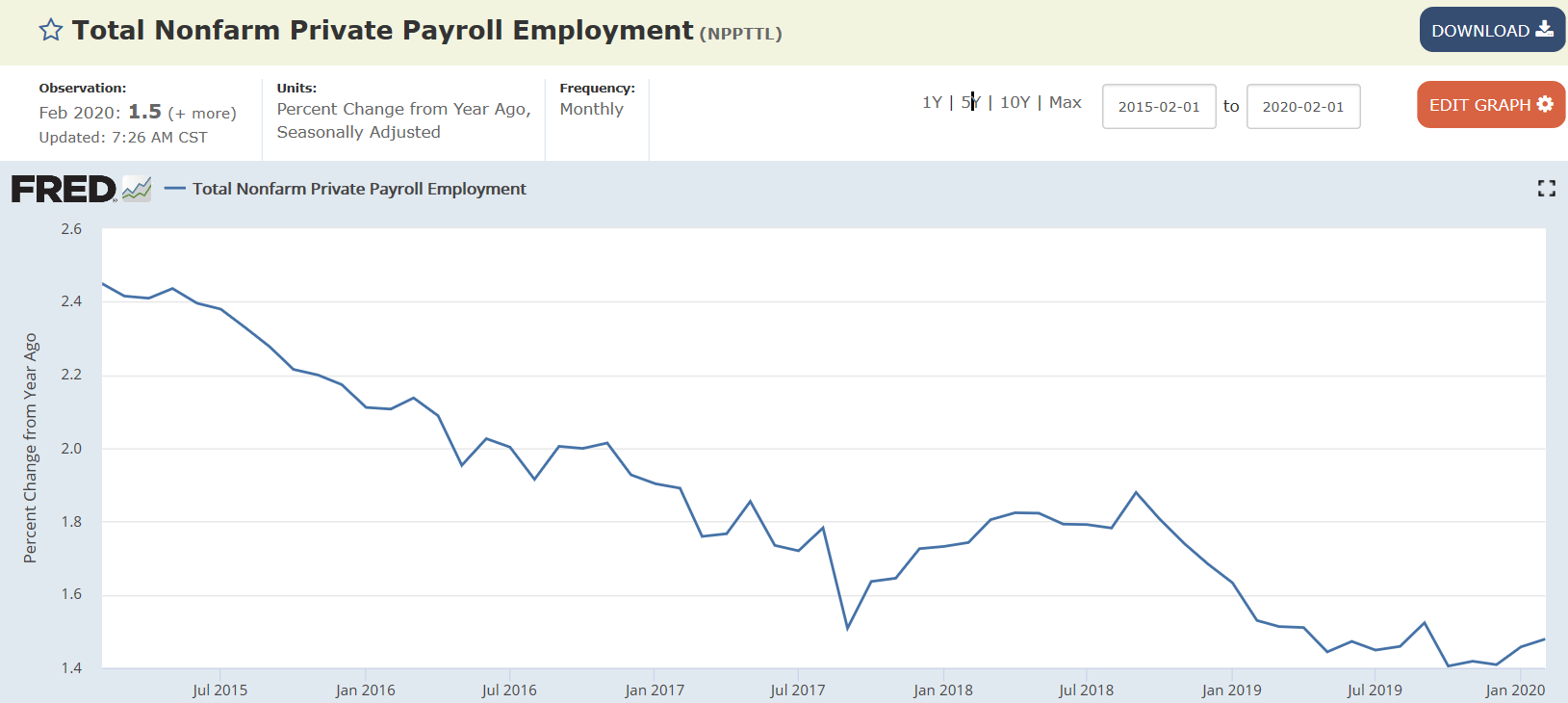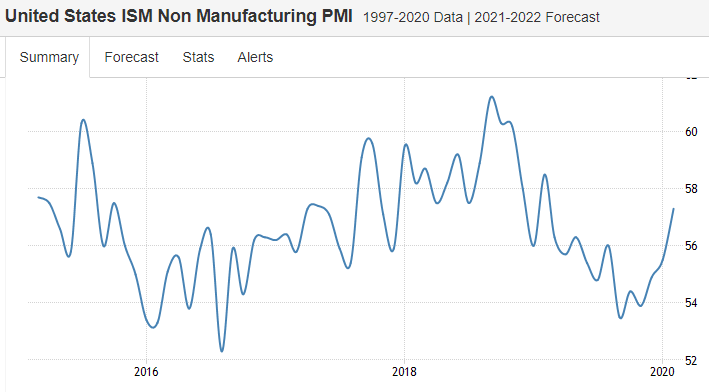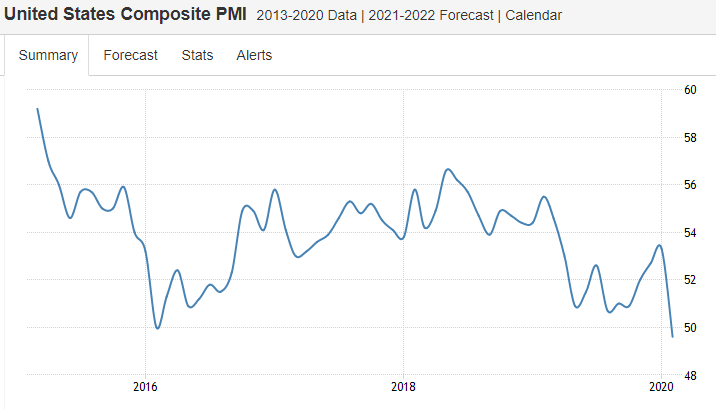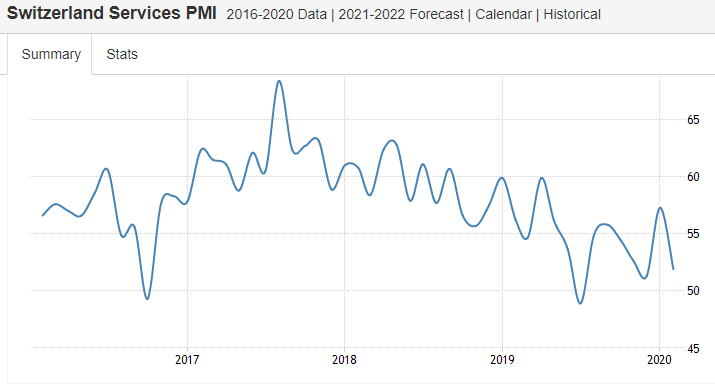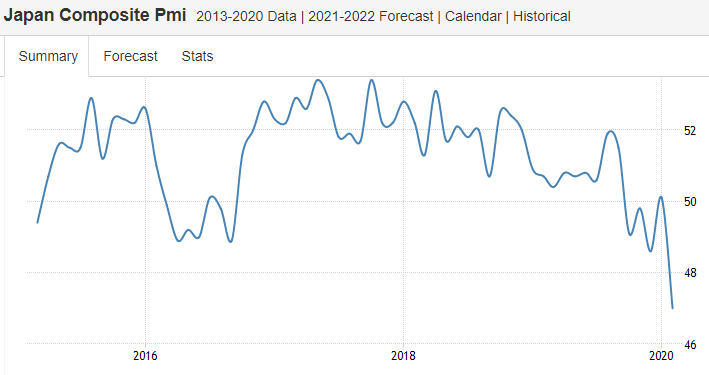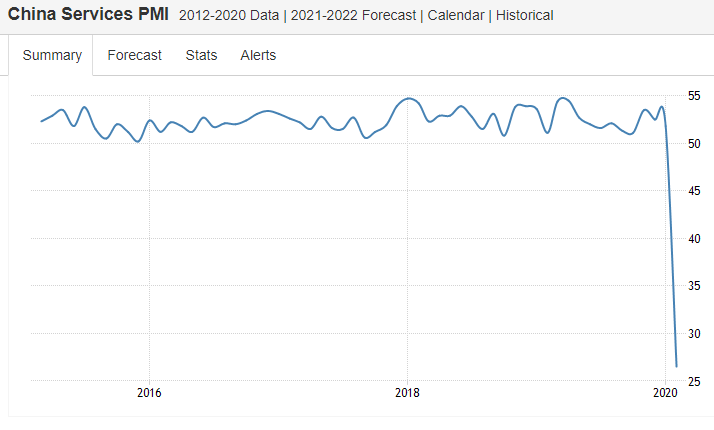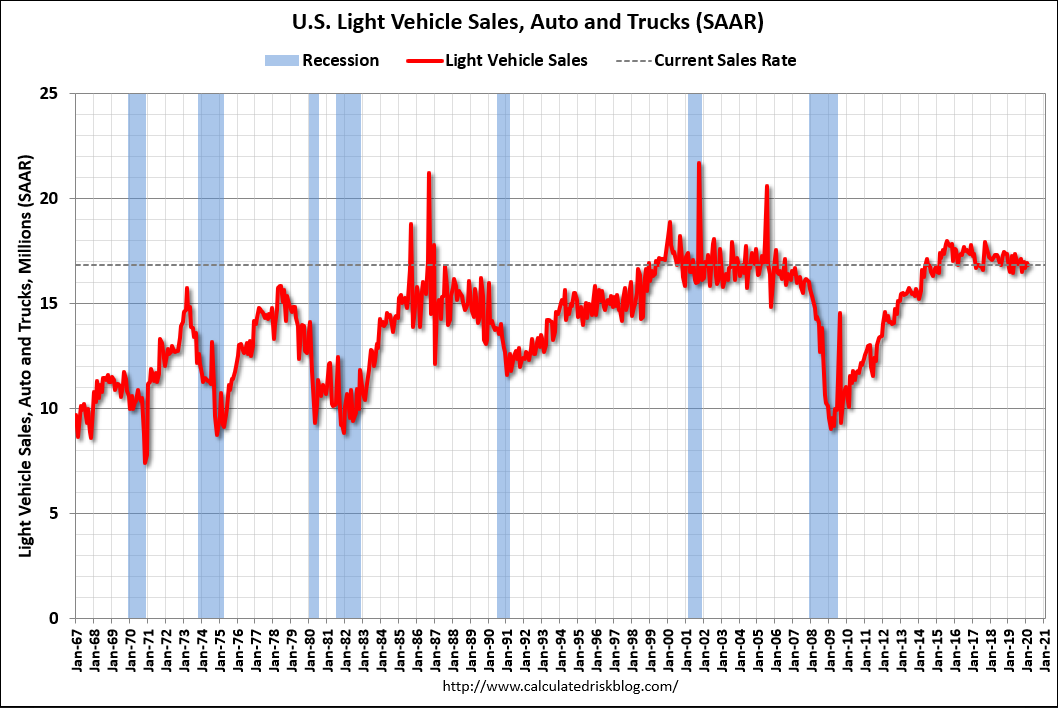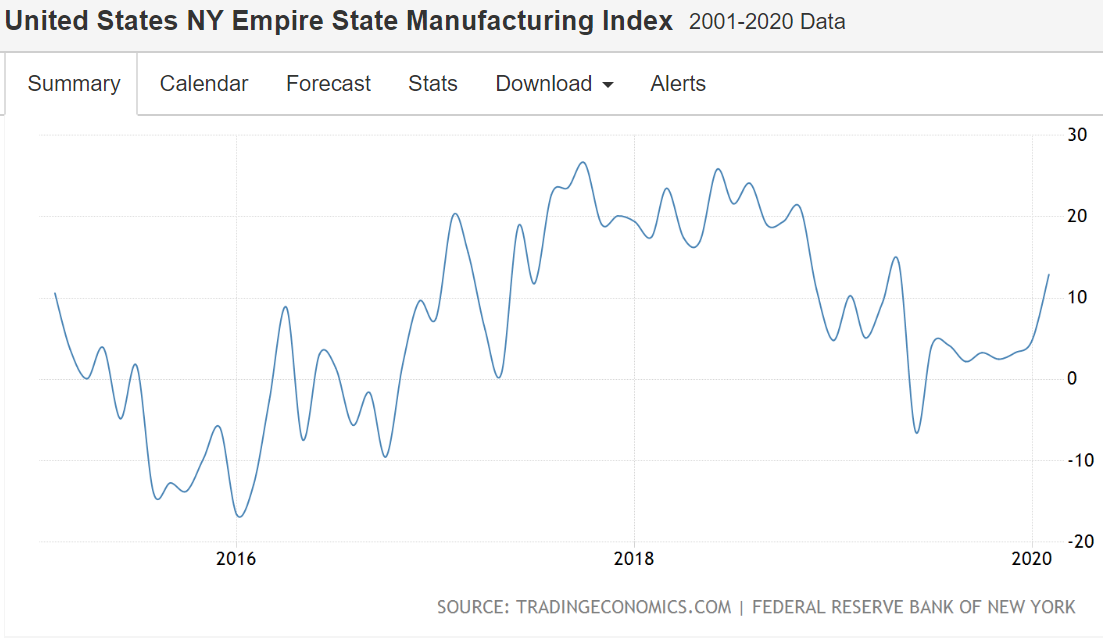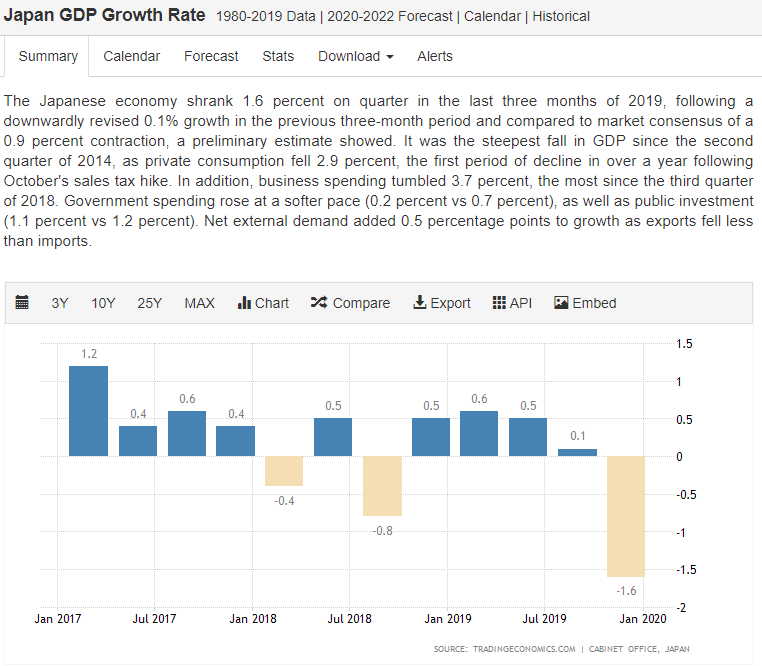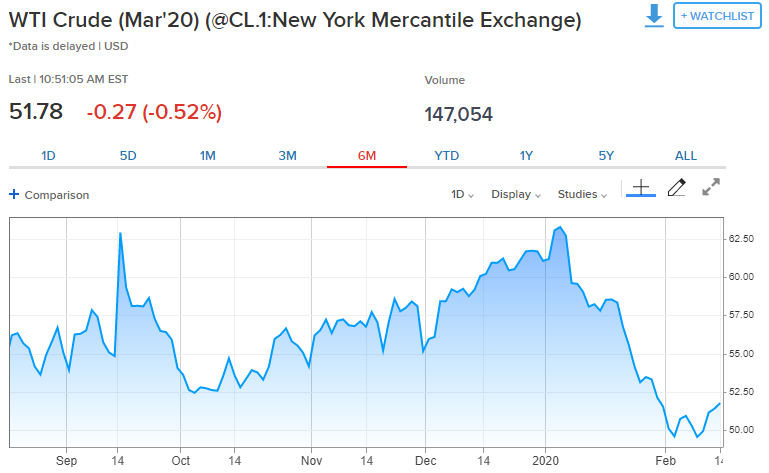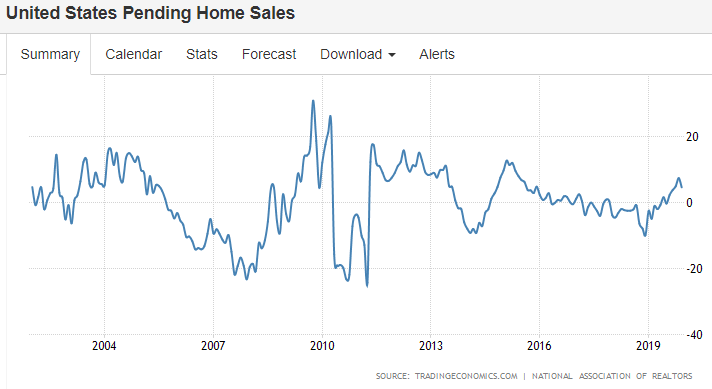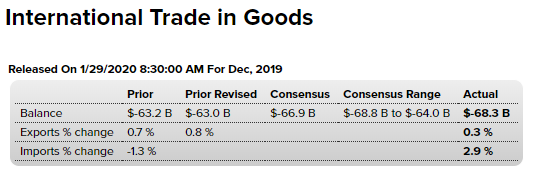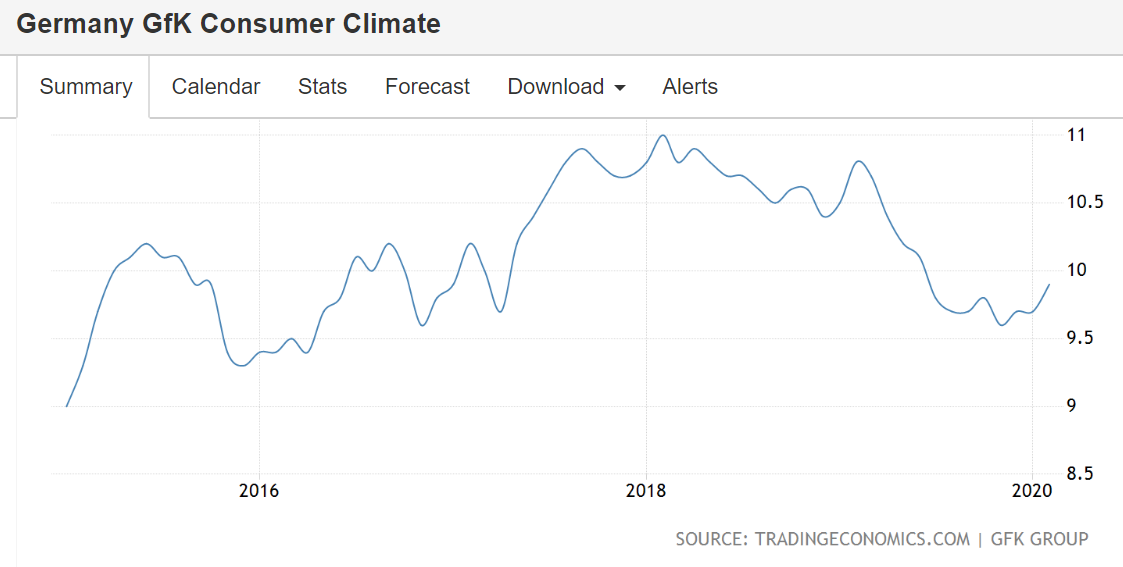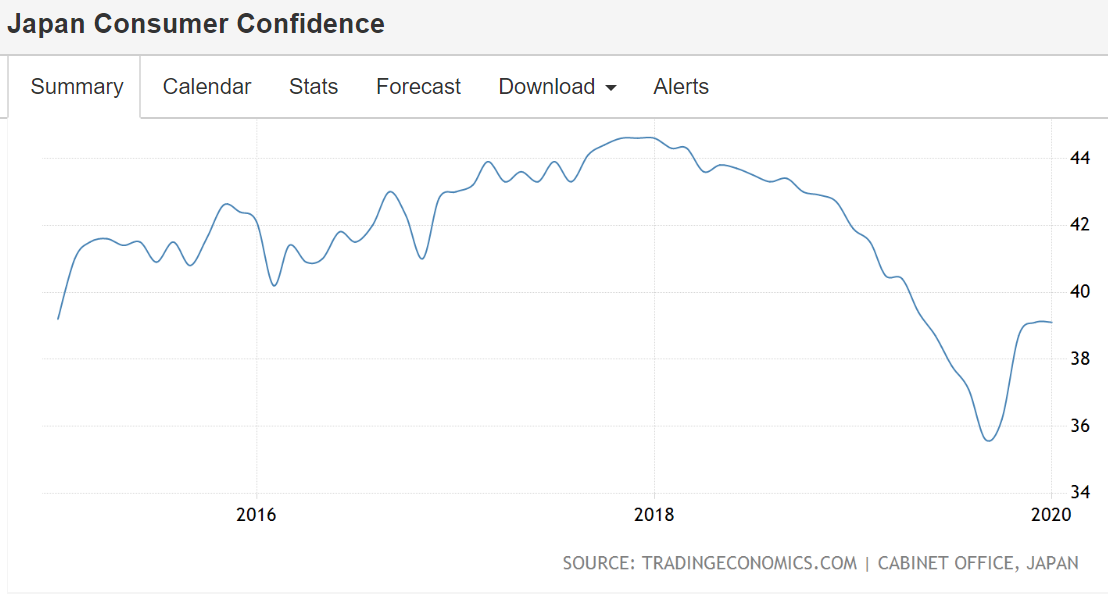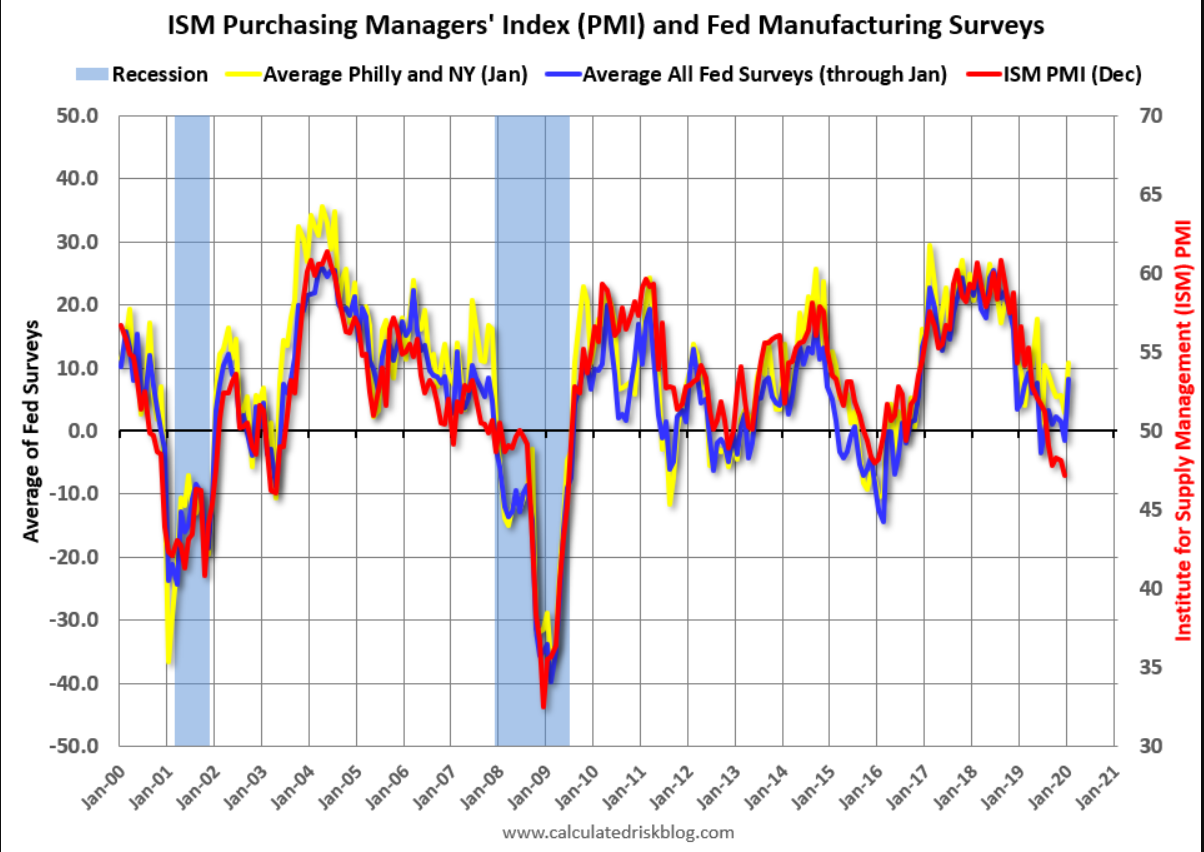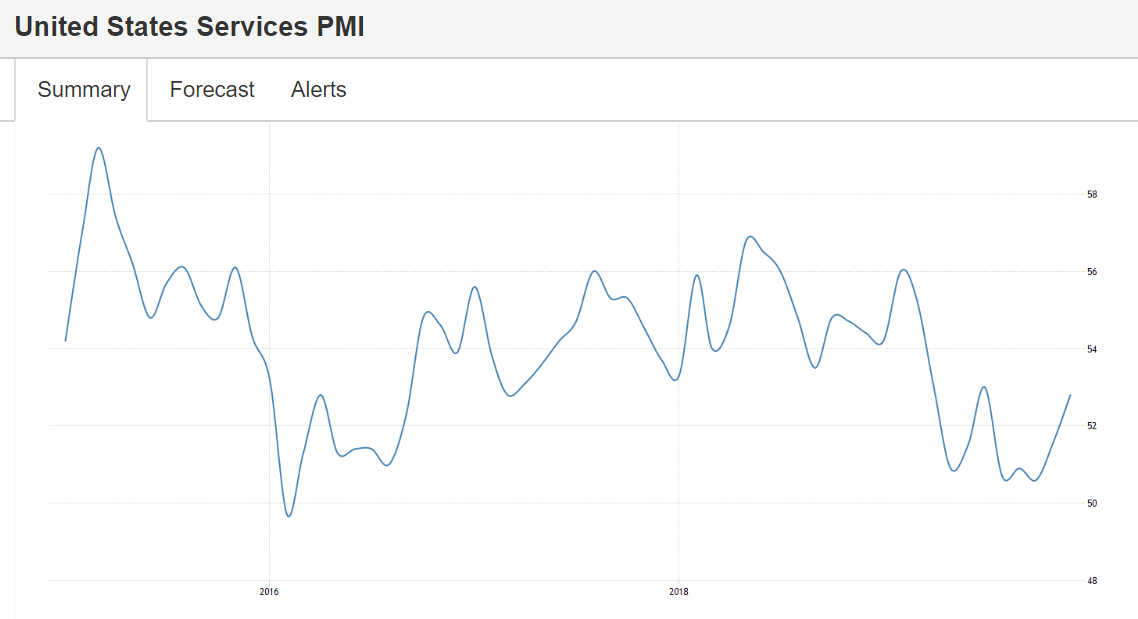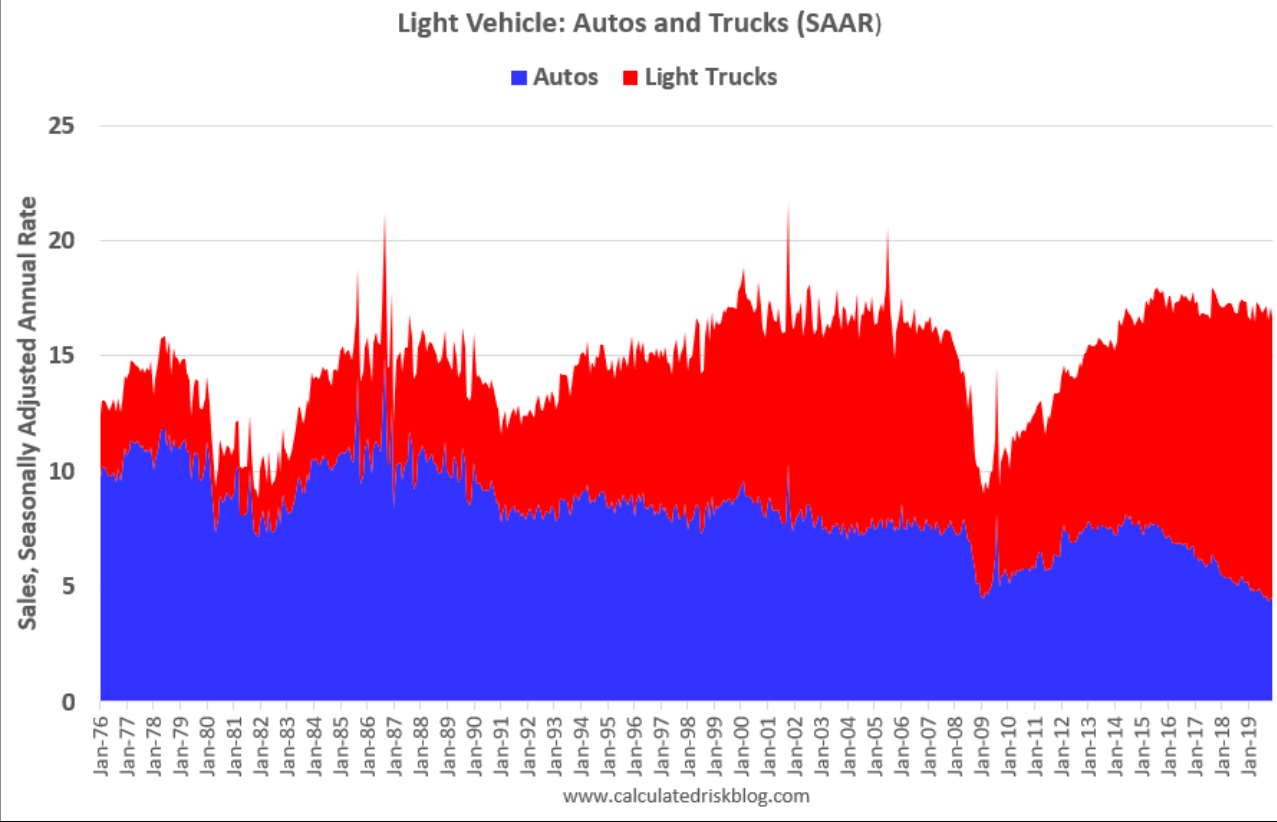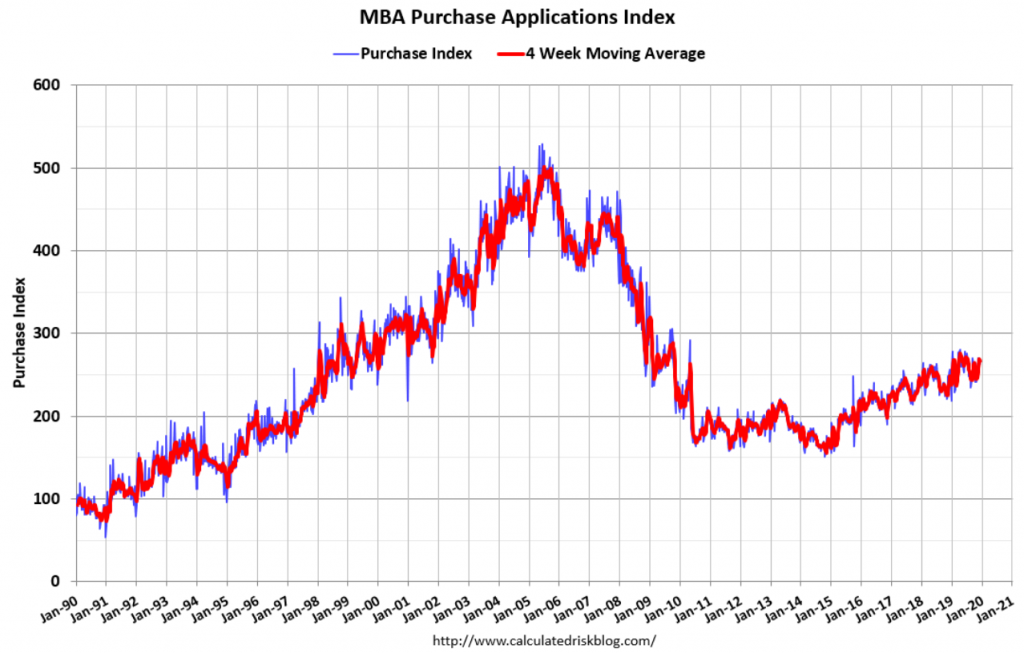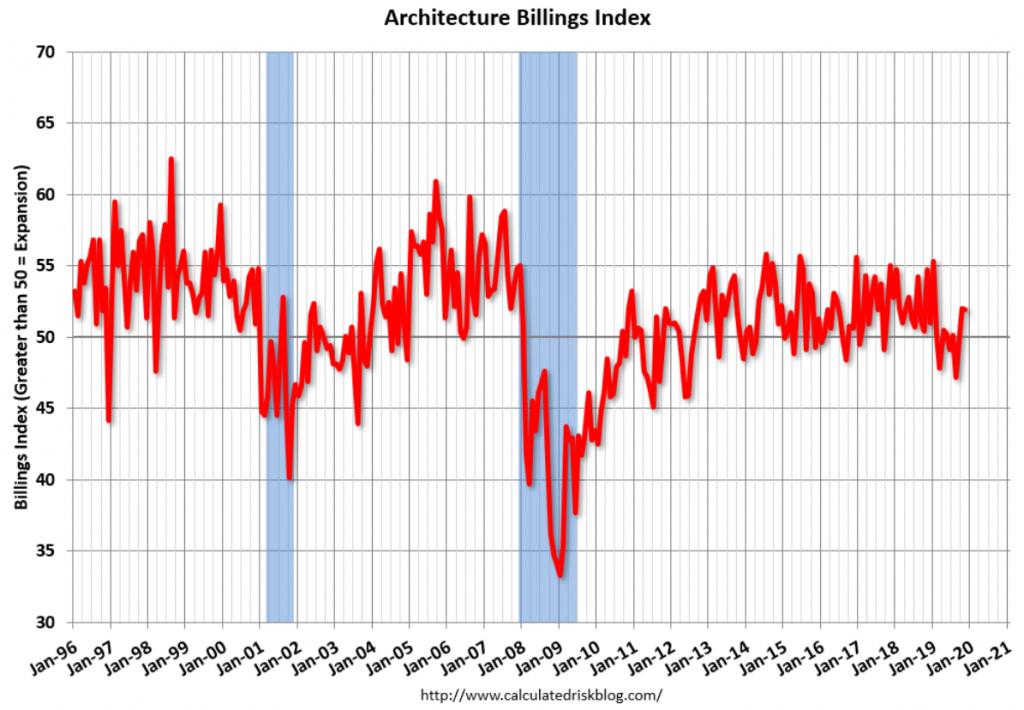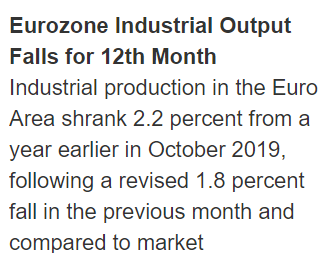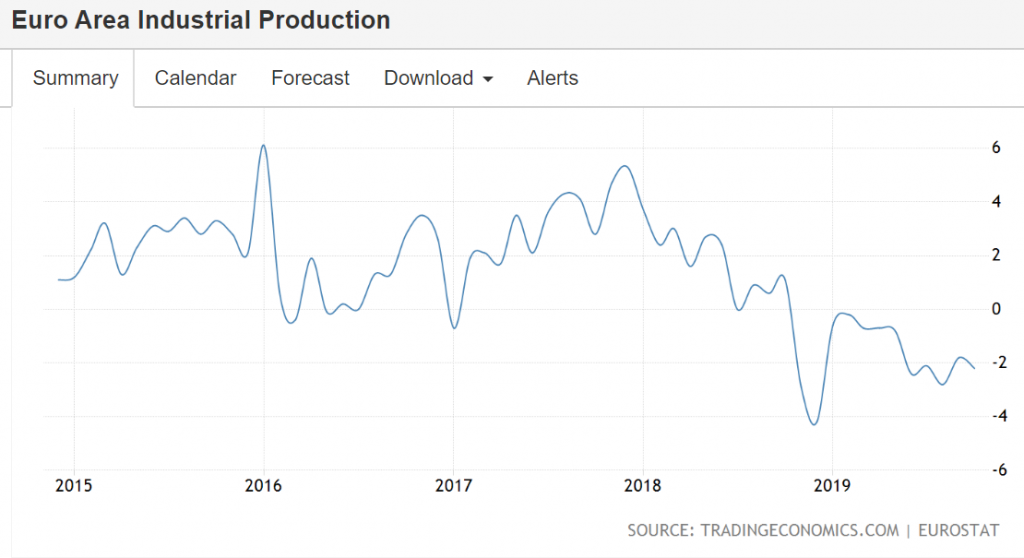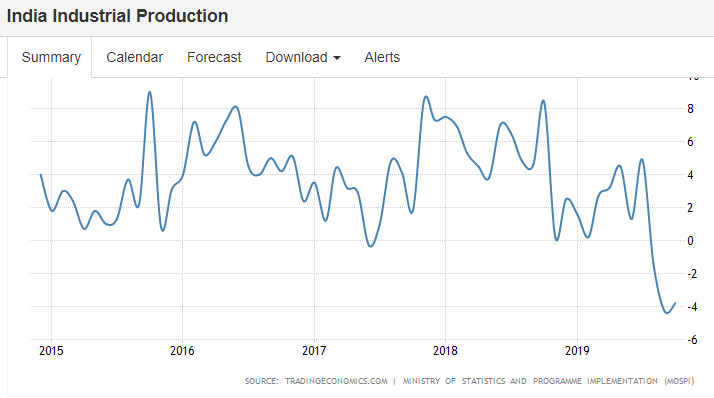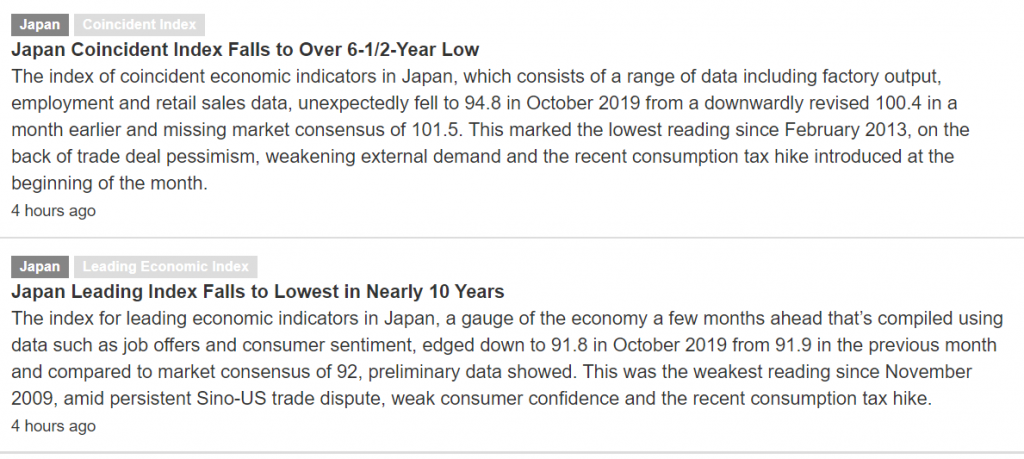Looks like at best it’s going sideways:
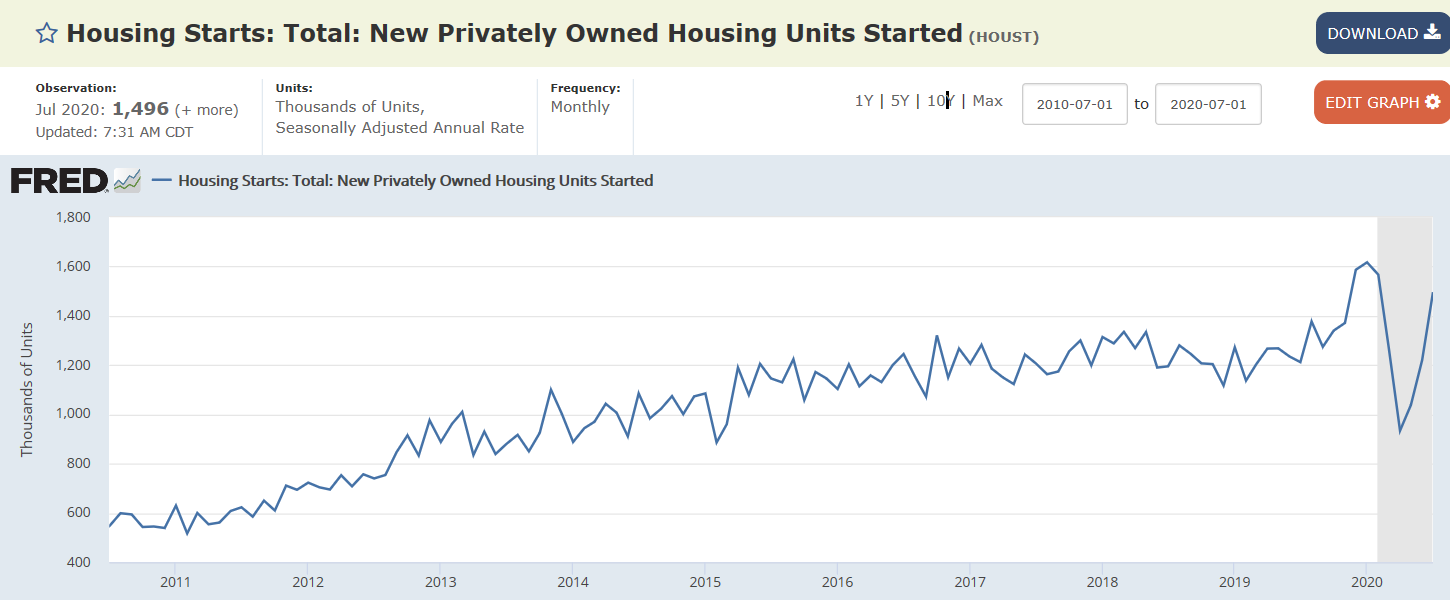
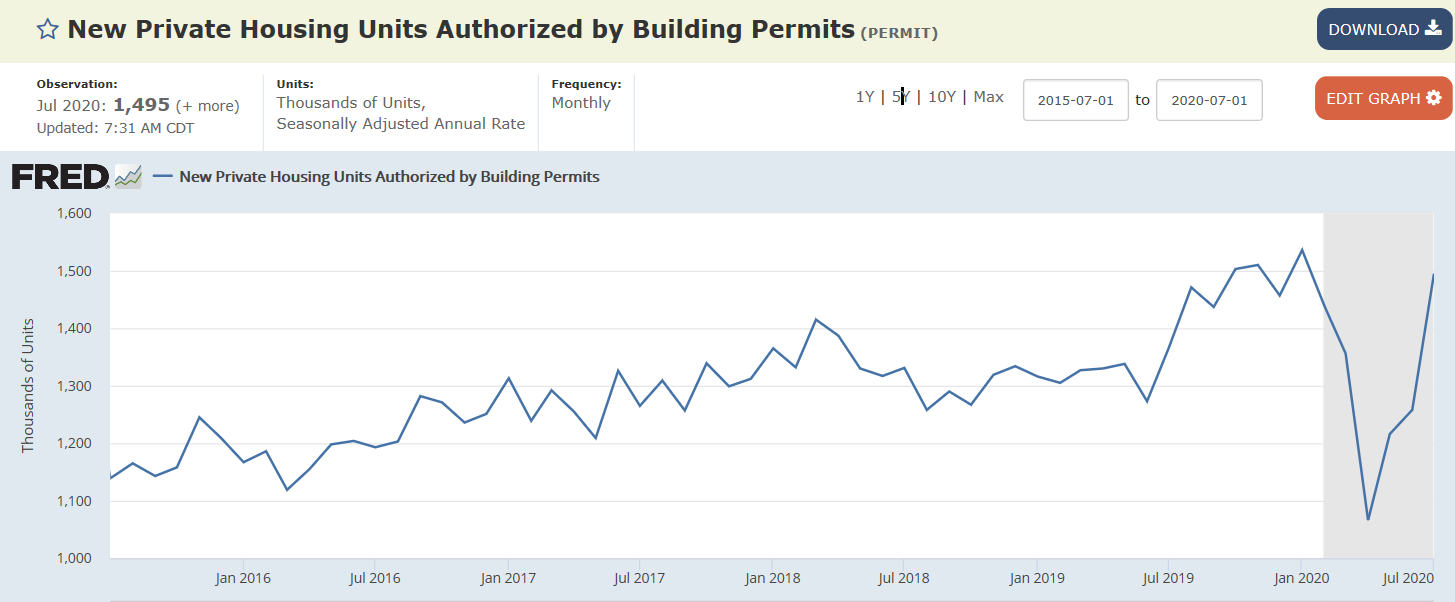
Bad!!!
The Japanese economy shrank 7.8 percent on quarter in the three months to June 2020, compared with market forecasts of a 7.6 percent decline, and after a 0.6 percent fall in the previous period, a preliminary estimate showed. This was the third straight quarter of contraction and the steepest on record, amid the severe impact of the COVID-19 crisis. Private consumption (-8.2 percent vs -0.8 percent in Q1), capital expenditure (-1.5 percent vs 1.7 percent), and government spending (-0.3 percent vs flat reading) all declined. In addition, net external demand subtracted 3.0 percentage points off growth, with exports falling the most since Q1 2009 (-18.5 percent vs -5.4 percent) while imports dropped for the third straight quarter (-0.5 percent vs -4.2 percent). On an annualized basis, the economy collapsed 27.8 percent in the June quarter, the deepest on record, compared to consensus of a 27.2 percent drop and after a 2.2 percent decline in the March quarter.
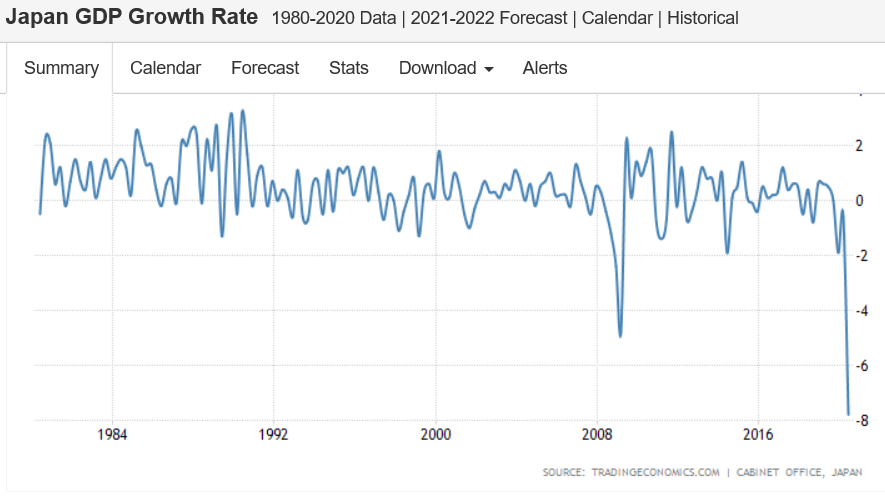
Now turning down as benefits expired:
